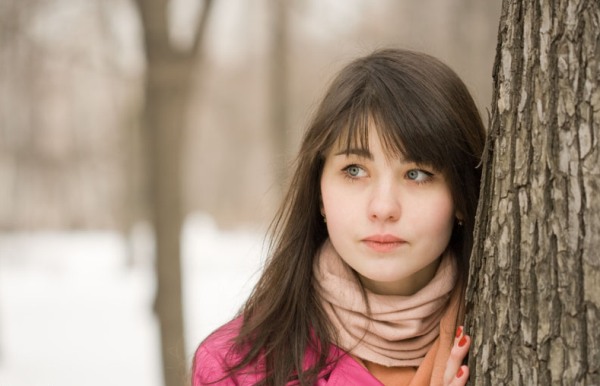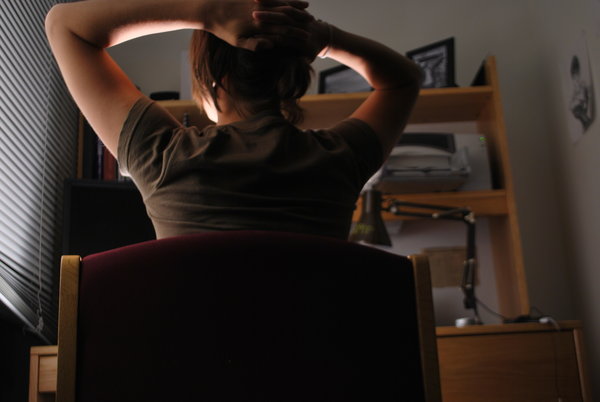
Seasonal Affective Disorder (SAD) is a psychological condition where poor sunlight availability leads to depressive symptoms. Commonly referred to as winter blues, it is a sense of loss of interest in daily life and moodiness that commences at the same time every year, usually in the months preceding the low sunlight conditions of winter. In some other individuals, though in a significantly lower percentage, it may occur at any other time of the year, recurring at the same time every year. SAD incidence is higher among women than in men. The characteristics of winter SAD differ from that of summer SAD. Some people may also suffer from a bipolar condition where they are manic in the summer months and depressive in winter, with this condition being called Reverse SAD. With the unregulated proliferation of pop psychology in modern cultures and internet driven self diagnoses, normal lowered activity levels due to seasonal changes are often mislabeled as seasonal affective disorder. SAD itself is not classified as a mood disorder by the Diagnostic and Statistic Manual but as an identifier of major depression.
Causes
Research is still ongoing to find the exact causes of SAD, but existing information implicates the involvement of sleep-wake cycles and certain hormones and neurotransmitters. Our body clocks which tell us when to go to sleep and when to wake up are regulated by sunlight. In winter months, the changed availability of sunlight causes this circadian rhythm to be disturbed, resulting in the development of SAD. Melatonin is a hormone that is involved in sleep patterns and mood regulation. This hormone level gets disrupted during the changing seasons, also contributing to SAD. The neurotransmitter serotonin, which controls our reward system for doing the things we need to do to stay healthy and happy, is also affected by reduced sunlight, another culprit that has been identified as a cause of this disorder.
Symptoms
Winter depression symptoms typically include a sense of hopelessness and helplessness, undue fears or anxiety, feeling drained, reluctance to participate in social activities, difficulty getting out of bed in the morning, anhedonia, appetite changes, especially craving for sweet foods, weight gain, and difficulty in paying attention and processing information.
Summer depression symptoms include undue fears or anxiety, difficulty falling asleep and staying asleep, irritability, restlessness and agitation, weight loss, poor appetite, and an increased sex drive.
Diagnosis
There are no specific diagnostic tools for confirming seasonal affective disorder. Instead, physicians rely on detailed history taking and medical tests to rule out other possible causes for the depressive episodes, and look for qualifying criteria for a diagnosis. The established criteria for diagnosing SAD specify certain requirements. The seasonal depressive episodes should have occurred for at least two consecutive years at the same time of the year, the depressive episode should have been followed by a period free from depression, and there should be no other detected causes for the depression. The Diagnostic and Statistical Manual also recommend that the seasonal depressive episodes should outnumber the depressive episodes experienced by the patient at other times in the patient’s life in order for it to qualify as an identifier for major depression.
Treatment
Medical treatment for seasonal affective disorder includes the use of antidepressant medication, light therapy and psychotherapy. In conjunction with these, lifestyle modification has been found to be of help. As SAD is primarily linked to unavailability of light, the patient is seated in a light box and exposed to bright light similar to outdoor light. Another variation of light therapy is dawn simulation, usually administered early in the morning to give the body the effect of sunrise. Common antidepressant medication such as bupropion (Wellbutrin) and fluoxetine (Prozac) have proved effective in the treatment of SAD. Psychotherapeutic modalities try and address areas such as reality adjustment, and identifying expectations and interpretations that lead to depression. Lifestyle modifications include getting adequate exercise, including outdoor activities during daylight hours in one’s daily schedule, and developing hobbies and participating in recreational activities.
Prevention
There are no sure-fire ways to prevent SAD. However, the severity of symptoms and the extent of depression can be managed by adopting lifestyle modifications early in the cycle. If you have a confirmed diagnosis of SAD, get into the routine of exposure to daylight, increased exercise, and recreation and social involvement before the onset of the months that bring on your depressive episode. If you believe, you might be having SAD and have not seen a physician or mental health expert. Do so before the time that you normally have these symptoms. If medications have been prescribed, check with your physician when you should resume taking them. Addressing symptoms early in the cycle and continuing with helpful treatment even after symptoms abate has proved to be efficacious in preventing acute episodes of SAD.
Frequently asked questions
1. Are there any contraindications to using light therapy?
Certain medications, such as some drugs used to treat psoriasis or psychosis, cause a person to be hypersensitive to light, and prolonged exposure to bright light, as used in light therapy, may cause difficulties for such people. Certain eye conditions too may be aggravated by light therapy. Consult a physician to find out if there is anything that would make light therapy unsuitable for you.



